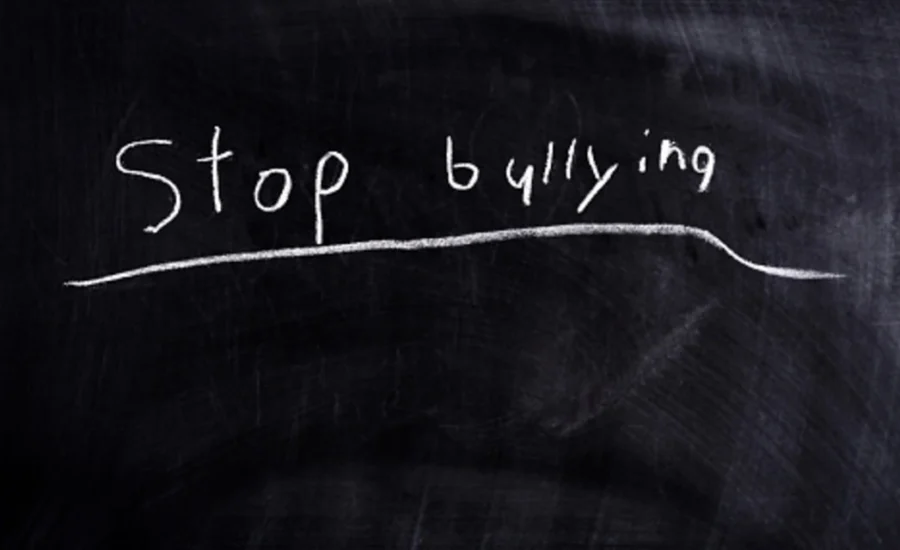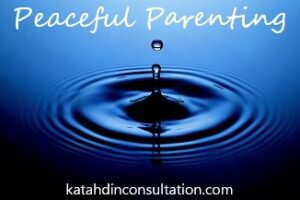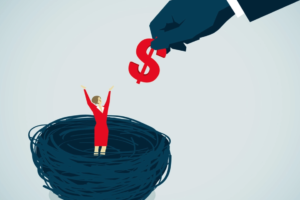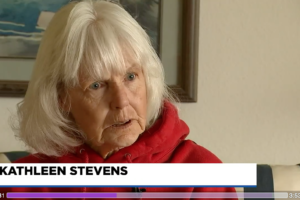By Amanda Kippert
Bullying should never be a rite of passage in anyone’s childhood. Once looked at as just “kids being kids,” today we know better. The youth who we’re quick to label as “bullies” are many times imitating what they see at home, acting out the power and control dynamic that may be on display by an abusive caregiver or family member.
Of course, there are different reasons why kids bully others, but regardless of its roots, experts agree it should never be ignored. Being bullied is a type of childhood trauma, and its effects can lead to lifelong negative issues. The effects of bullying in childhood can carry over into adulthood, increasing the risk of being abused or being an abusive partner.
Why Do Kids Bully Others?
There can be more than one factor at play when bullies feel the need to tease, harass or torment other kids. According to StopBullying.gov, a site compiled by information gathered from the U.S. Department of Health and Human Services, kids who bully may do so for the following reasons:
- Low self-esteem
- A desire to fit in with a peer group
- To elevate social status among friends
- Individuals were bullied themselves
- Bullying, aggression or violence at home
- A lack of emotionally supportive parents at home
- Having parents who are authoritarian or overly reactive
- Low parent involvement at home
- A lack of understanding of or control over one’s emotions
- Being excluded or stigmatized at school
- Attending a school that doesn’t address behavioral issues
Who Do Bullies Most Often Target?
Kids in the queer community and those who live with disabilities are at an increased risk of being bullied. Additional risk factors include:
- Being perceived as “different” from one’s peers, such as how they look, being new to the school or coming from a different income level
- Being perceived as weak or unable to stand up for themselves. Many children growing up with trauma are withdrawn, making them more vulnerable to bullying
- Being depressed, anxious or having low self-esteem
- Not getting along well with others or antagonizing others for attention. Frequently, angry outbursts are also a sign of childhood trauma
Bullies Don’t Just Outgrow Their Aggression
Bullying can take several forms—in-person teasing and name-calling, ostracizing other kids and cyberbullying peers online are a few. But all of these have the potential to escalate into more violent forms of bullying that include intimidating, threatening, stalking or fighting. And no, bullying behaviors won’t necessarily just go away as a bully grows up. A bully’s future partner may be their next victim.
“There’s definitely a correlation between children who bully and adults who batter, however that is not to say that all children who bully will become batterers or that every adult batterer was a bully,” says Yelitza Zamora, former community engagement manager with Harbor House of Central Florida, a domestic violence organization that offers anti-bullying prevention programs to schools in the area.
Zamora says childhood bullying, like any other aggressive behavior, boils down to having power and control, the exact same factors in which adult domestic violence is rooted. This can lead to not just physical violence as an adult, but emotional, verbal, financial or other types of abuse.
A study from the Harvard School of Public Health showed a possible link between bullying and domestic violence in adulthood. Researchers surveyed 1,400 men aged 18 to 35 who visited community health centers in Boston and found that 38 percent who admitted to recently abusing women also disclosed they had bullied other children in their youth.
Responding to Bullying with Hope, Not Hate
Ken Shetter is the National Director of the Family Justice Center Alliance and President of One Safe Place in Fort Worth, Texas. He’s also developed and implemented the child witness and Camp HOPE Texas programs, part of Camp HOPE America, the leading camping and mentoring program in the U.S. for children and teens impacted by domestic violence.
For the last 10 years, Shetter has seen hundreds of kids come through Camp HOPE America dealing with the trauma of abuse and violence at home, also known as childhood domestic violence. Sometimes, it comes out in the form of aggression toward other kids. Sometimes, it looks like attention-seeking behavior that involves teasing their peers. But at its core, Shetter knows it’s a cry for help.
“I think bullying is more indicative of a child who is feeling hopeless. A kid that bullies typically doesn’t have high self-esteem,” says Shetter. “When you are experiencing domestic violence as a child, you are more likely to feel marginalized and alone, and more like you don’t have control over your own life. Bullying may be a response to those kinds of feelings.”
Shetter calls it dangerous to ignore bullying, just as it’s dangerous to ignore other signs of childhood trauma.
“For a child who’s bullying as a trauma response, I would say, they may be looking for structure, for guidance, for someone to set boundaries and rules. They’re not necessarily looking for strict or harsh discipline,” says Shetter. At Camp Hope, he says one tactic he’s found that kids respond well to is to highlight their positive attributes.
“What I do is first, pull that child aside and talk about how we treat one another, and we’ll talk about empathy. What does he or she imagine it feels like to be on the receiving end [of bullying]? Then I’ll communicate to the child that I see leadership qualities in them. Other kids are drawn to them, following them. We’ll talk about what kind of opportunity that creates for that person. You can choose to use that in a way that harms others, or you can choose to use that in a way that creates joy for others and does good things.”
How to Stop Bullying
Regarding bullying, Shetter says this: “You can turn it around but it’s not going to turn itself around.” He warns that bullying can escalate into abuse over time if ignored, something that can be detrimental for both the victim and the bully. Adults, as well as other kids, can be allies for those who are targeted by bullies as well as those doing the bullying.
Harbor House offers anti-bullying prevention called Our Little Leaders of Courage, which is targeted at kids ages 3 to 11. “The program encourages children to safely intervene in the presence of bullying, learn to identify leaders who can help and are taught to refer their friends and family to the proper authorities.” But Zamora says parents everywhere can get involved in helping to stop bullying by addressing the problem as soon as they see it happen.
“Even if the child isn’t a bully or being bullied, encouraging him/her to intervene when another child is being bullied can reduce and potentially eliminate bullying entirely. Children are more likely to stop their bullying behavior when another peer gets involved as opposed to an adult intervening. Teaching our kids to become safe bystanders can make a world of difference.”
Says Shetter, “Bullying makes you feel alone. A bully is isolating their victim. When a peer is present for that child [the victim], physically and emotionally, it communicates to that kid that they’re not alone and it communicates to the bully that they’re not effective in isolating them.”
Four Steps to Follow if Your Kid Is Bullying
- Intervene
Don’t let bullying continue or let kids “figure it out on their own.” Kids may not have the maturity to create a safe resolution or may lack the language necessary to come to a compromise. Separate the kids involved and talk to each child about what they feel they need in order to resolve the issue. - Set firm boundaries.
What will you, as an adult, allow in your home, school or neighborhood? Give examples of respectable behavior and permitted language. Stay calm when discussing these boundaries. Show kids they have a safe place to discuss their feelings without anger. - Resist harsh punishments.
A bully is often emulating what they’ve experienced or seen in their own life, possibly with an abusive parent at home. Punishing them is often ignoring the underlying trauma. When possible, help the bully access additional services to deal with their anger, such as counseling. Keep in mind the victim may also need services to deal with the trauma of being the target of a bully. Keep in mind that gang violence needs to be dealt with in other ways. - Support the child or children who are being bullied.
Stopbullying.gov offers up ways to make sure the kids involved in bullying feel safe.




